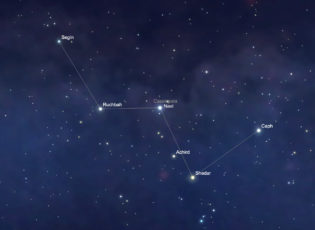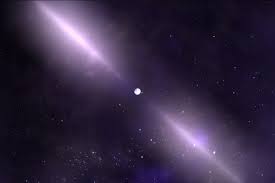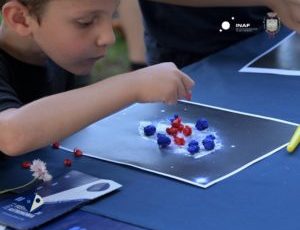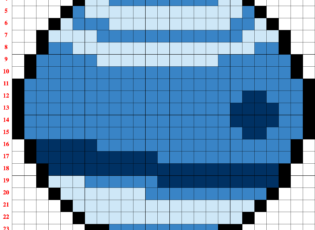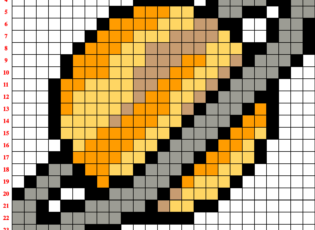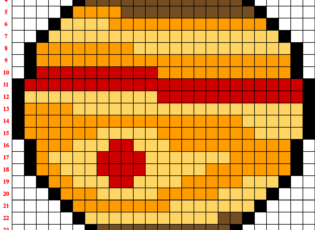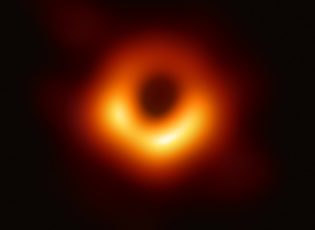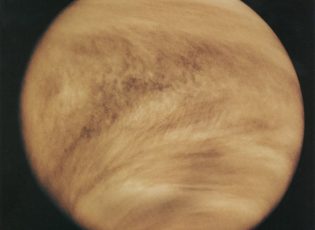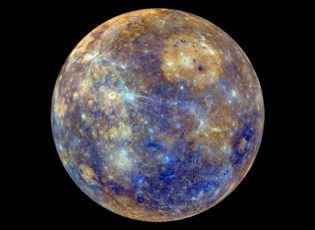3D-Constellations
Teaching activity planned by Deimer Antonio Alvarez Garay, Alex Ciabattoni, Camilla Giusti ans Elena Tomasetti during the PhD course “Designing innovative public engagement activities”, held at the University of Bologna in 2023. We recognize familiar figures in constellations because of our culture and habits; each people has seen in constellations different objects and characters according to their own roots. Those figures are really the fruit of the only perspective which we have of them from the Earth. If we could look at them from a totally different region of space,LEGGI TUTTO

